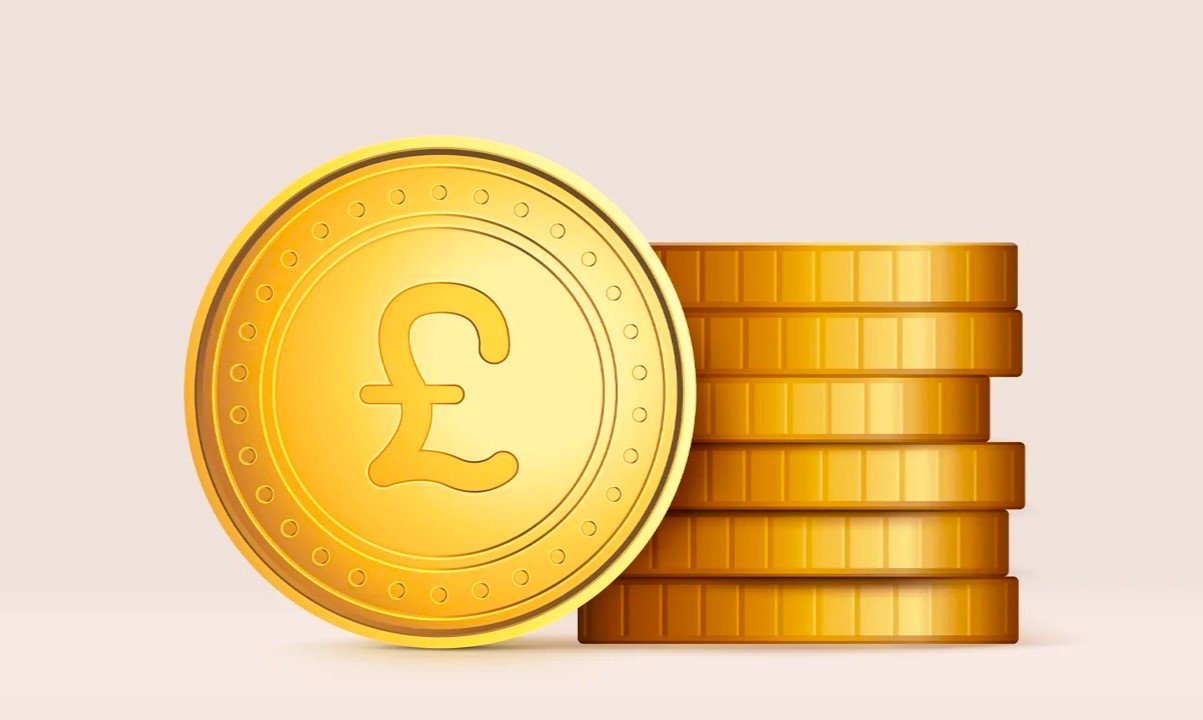The Mysterious Origins Of The Pound Sterling Sign

Have you ever wondered where the pound sterling sign (£) comes from? This symbol, recognized worldwide, has a rich history that dates back centuries. The pound sterling is one of the oldest currencies still in use today, and its sign has evolved over time. From ancient Rome to modern-day Britain, the journey of this symbol is fascinating. Understanding its origins not only gives insight into British history but also into the development of global trade and economy. Let's dive into the story behind the pound sterling sign and uncover its intriguing past.
The Evolution of Currency Symbols
Currency symbols have fascinating histories. The Pound Sterling sign (£), one of the oldest, has a story worth telling. Let's explore its mysterious origins.
Roman Influence
The origins of the Pound Sterling sign can be traced back to ancient Rome. The Romans used a symbol that looks quite familiar.
- Libra: The Roman unit of weight, libra, is the root of the Pound Sterling sign. The abbreviation 'lb' for pound comes from this term. The symbol £ evolved from the letter 'L' in libra.
Medieval England
As time passed, the symbol underwent changes. Medieval England played a significant role in shaping the modern Pound Sterling sign.
- Latin Abbreviation: In medieval manuscripts, scribes often used the letter 'L' with a line through it to denote libra. This shorthand eventually morphed into the £ symbol.
Standardization in the 17th Century
The 17th century saw the formal adoption of the Pound Sterling sign. This period marked a turning point in its history.
- Bank of England: Established in 1694, the Bank of England standardized the use of the £ symbol. This helped solidify its place in British currency.
Modern Usage
Today, the Pound Sterling sign is recognized worldwide. Its journey from ancient Rome to modern times is a testament to its enduring legacy.
- Global Recognition: The £ symbol is now synonymous with British currency. It appears on banknotes, coins, and digital transactions, making it a global icon.
Fun Facts
The Pound Sterling sign has some interesting trivia associated with it. These fun facts add to its mystique.
Unicode: In the digital age, the £ symbol is represented by Unicode U+00A3. This ensures its consistent use across various platforms.
Design Variations: Different fonts and typefaces can alter the appearance of the £ symbol. Despite these variations, its core design remains recognizable.
The Pound Sterling sign's journey from ancient Rome to modern times is a fascinating tale of evolution and adaptation. Its rich history and global recognition make it a symbol worth celebrating.
The Pound Sterling Sign's Rich History
The pound sterling sign has a fascinating history. Its origins trace back to the Roman Empire, where the symbol "£" evolved from the Latin word "libra," meaning scales or balance. Over centuries, it became a powerful representation of British currency. The sign has seen transformations, reflecting the economic and cultural shifts in the UK. From handwritten manuscripts to digital transactions, the pound sign remains a constant in British financial life. Understanding its history gives us a deeper appreciation of its significance. Next time you see the "£" symbol, remember its journey through time. This small sign carries a rich legacy, connecting us to the past while still being relevant today. The pound sterling sign is more than just a currency symbol; it's a piece of history that continues to shape the financial world.

